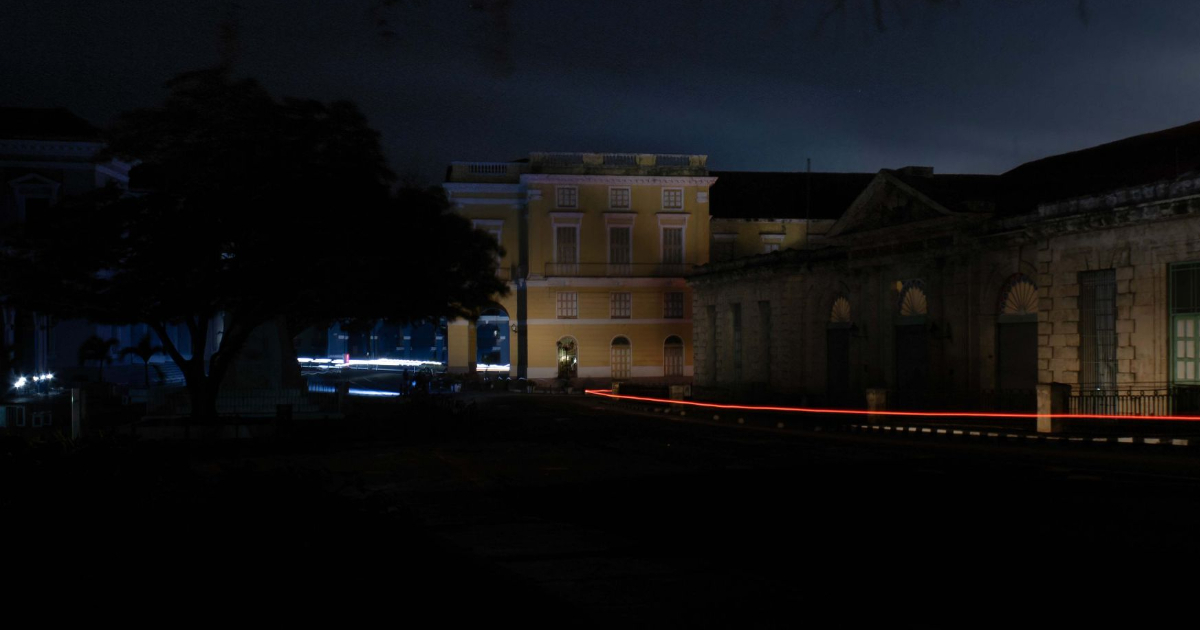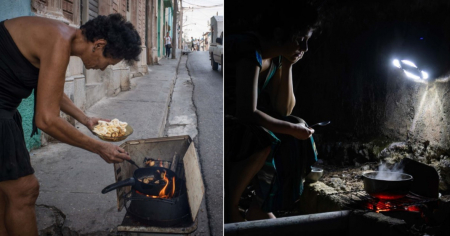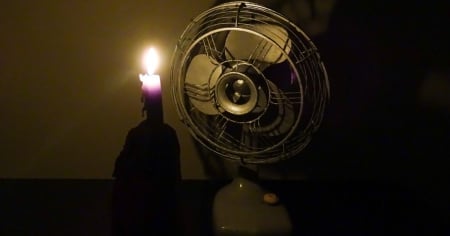
Related videos:
Cuba faces a new day of widespread blackouts due to an electricity generation deficit of nearly 1,600 megawatts (MW).
The Cuban Electric Union (UNE) reported on its social media that the electric service was disrupted for 24 hours the previous day, with the interruption continuing until early this morning. The highest recorded impact was 1,713 MW at 7:50 PM, coinciding with peak demand.

At 7:00 AM on Tuesday, the availability of the National Electroenergy System (SEN) was 1,360 MW, while demand reached 2,320 MW, resulting in a deficit of 997 MW. It is estimated that by noon, the deficit will increase to 1,450 MW, with a greater impact in the central-eastern region of the country.
The main causes of this deficit include breakdowns in several thermoelectric units: unit 3 of the Santa Cruz Thermoelectric Power Plant, unit 3 of the Renté Thermoelectric Power Plant, and units 1 and 2 of the Felton Thermoelectric Power Plant.
Additionally, Unit 2 of the Santa Cruz Thermal Power Plant, Units 3 and 4 of the Cienfuegos Thermal Power Plant, and Unit 5 of the Renté Thermal Power Plant are undergoing maintenance. These issues, combined with limitations in thermal generation amounting to 422 MW less, exacerbate the country's energy situation.
Distributed generation is also impacted by the lack of fuel, with 77 plants out of service contributing 536 MW less to the system. Additionally, 68 MW from the Mariel fuel plant and 54 MW from the Regla floating plant are inactive for the same reason, totaling 658 MW affected by the fuel shortage.
For the peak hours of this day, the UNE anticipates recovering 80 MW from distributed generation engines currently inactive due to a lack of fuel, the integration of 50 MW with the commissioning of unit 6 at the CTE Nuevitas, and an additional 68 MW from the activation of five engines at the Mariel fuel plant.
With these measures, a capacity of 1,558 MW is estimated against a peak demand of 3,080 MW, which would result in a deficit of 1,522 MW. If these conditions persist, the impact could reach 1,592 MW during peak times, primarily affecting the central-eastern region.
Compared to the previous day, the deficit has shown a slight decrease, dropping from 1,666 MW to 1,522 MW. However, the number of thermal power units out of service has increased, rising from 10 to 11, indicating a deterioration in the availability of electricity generation.
The situation remains critical, and authorities have not announced any short-term solutions to stabilize the electricity supply in the country.
On its part, the Electric Company of Havana reported on its about scheduled power outages in the capital due to a generation deficit.
Customers connected to blocks 1 and 2 will be affected between 10:00 a.m. and 2:00 p.m.; subsequently, block 4 will experience interruptions until 5:00 p.m., and block 3 from 5:00 p.m. to 8:00 p.m.
The energy crisis in Cuba has been persistent in recent weeks, with blackouts exceeding 20 hours a day in several provinces, severely impacting the daily lives of the population.
The lack of maintenance in thermal power plants, the scarcity of fuel, and an obsolete electrical infrastructure are factors contributing to this crisis. Authorities have implemented scheduled blackouts and prioritized electricity supply to essential services such as hospitals, but these measures have not been enough to resolve the situation.
The population is showing an increasing discontent due to the constant and prolonged interruptions of the electricity service, which impact essential activities such as cooking, using appliances, and food preservation. The uncertainty about the duration of this crisis and the lack of effective solutions from the authorities exacerbate the citizens' frustration.
Filed under:





